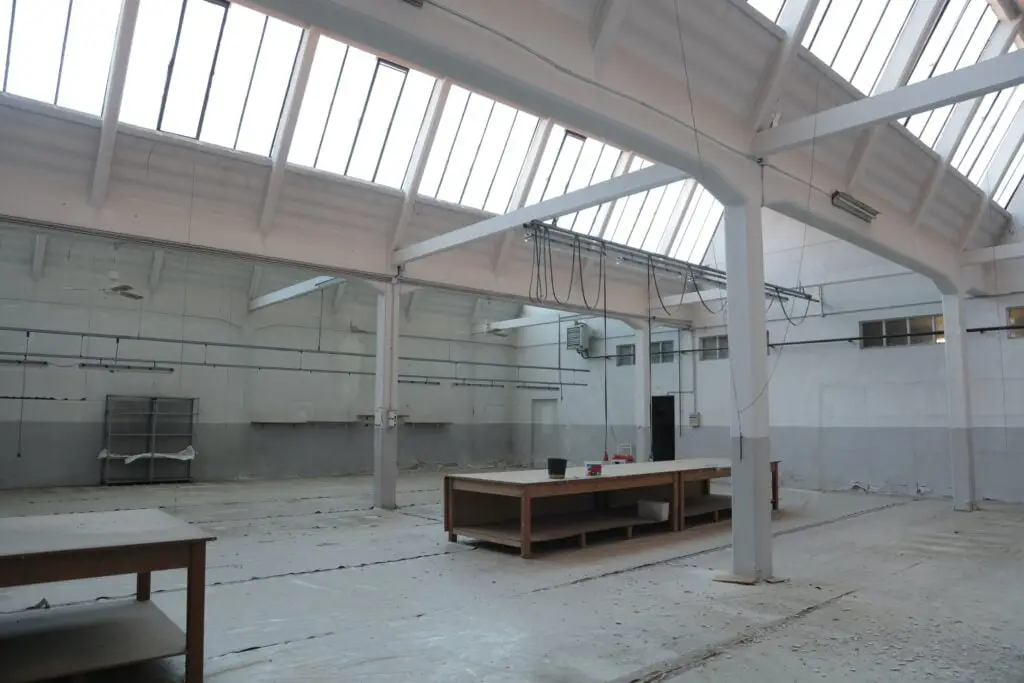Structural assessment of existing buildings is a critical process that plays a pivotal role in ensuring the safety, longevity, and value of a property.
This comprehensive evaluation involves a thorough examination of a building’s structural elements, identifying potential weaknesses, and assessing overall stability.
In this article, we delve into the key reasons why structural assessments are indispensable in the realm of architecture, engineering, and property management.
1. Safety and Risk Mitigation: One of the foremost reasons for conducting a structural assessment is to guarantee the safety of occupants and neighboring structures. By identifying potential weaknesses, deterioration, or damage, professionals can implement necessary repairs or strengthening measures to mitigate the risk of structural failures, collapse, or other safety hazards.
2. Compliance with Regulations: In many jurisdictions, building codes and regulations mandate periodic structural assessments of existing buildings. Compliance with these standards is not just a legal requirement but also ensures that structures adhere to the latest safety guidelines, creating a secure and habitable environment for occupants.
3. Insurance Requirements: Insurance providers often demand structural assessments to assess the level of risk associated with insuring a building. A well-maintained and structurally sound building is perceived as lower risk, potentially leading to lower insurance premiums for property owners.
4. Property Value: The structural integrity of a building significantly influences its market value. A thorough structural assessment provides valuable insights for buyers and sellers, facilitating informed negotiations and a realistic understanding of the property’s long-term viability.
5. Renovation and Retrofitting: When planning renovations or alterations to a building, a structural assessment is paramount. It ensures that modifications are compatible with the existing structure and that any changes won’t compromise the building’s stability, allowing for a seamless integration of new elements.
6. Predictive Maintenance: Regular structural assessments contribute to proactive maintenance strategies by identifying signs of deterioration or potential issues before they escalate. This approach can extend the lifespan of a building and reduce long-term maintenance costs.
7. Historical Preservation: For historical or heritage buildings, a structural assessment is essential for preserving their architectural and historical significance. It guides decisions on conservation, restoration, or adaptive reuse, striking a balance between maintaining structural integrity and preserving cultural heritage.
8. Environmental Impact: Understanding a building’s current state is crucial for sustainable practices. Structural assessments identify energy inefficiencies, paving the way for environmentally friendly upgrades and contributing to overall environmental conservation efforts.
Conclusion:
In conclusion, the structural assessment of existing buildings is not merely a procedural requirement; it is a fundamental aspect of responsible property management and urban development.
By prioritizing safety, compliance, and sustainability, property owners, architects, and engineers contribute to creating resilient structures that stand the test of time. Regular structural assessments serve as a proactive measure, ensuring that buildings continue to be safe, functional, and valuable assets in our built environment.
To see other material construction prices, please see here.
To know other construction guides, tips, and methodology for beginners, veterans, and contractors, please see here.

